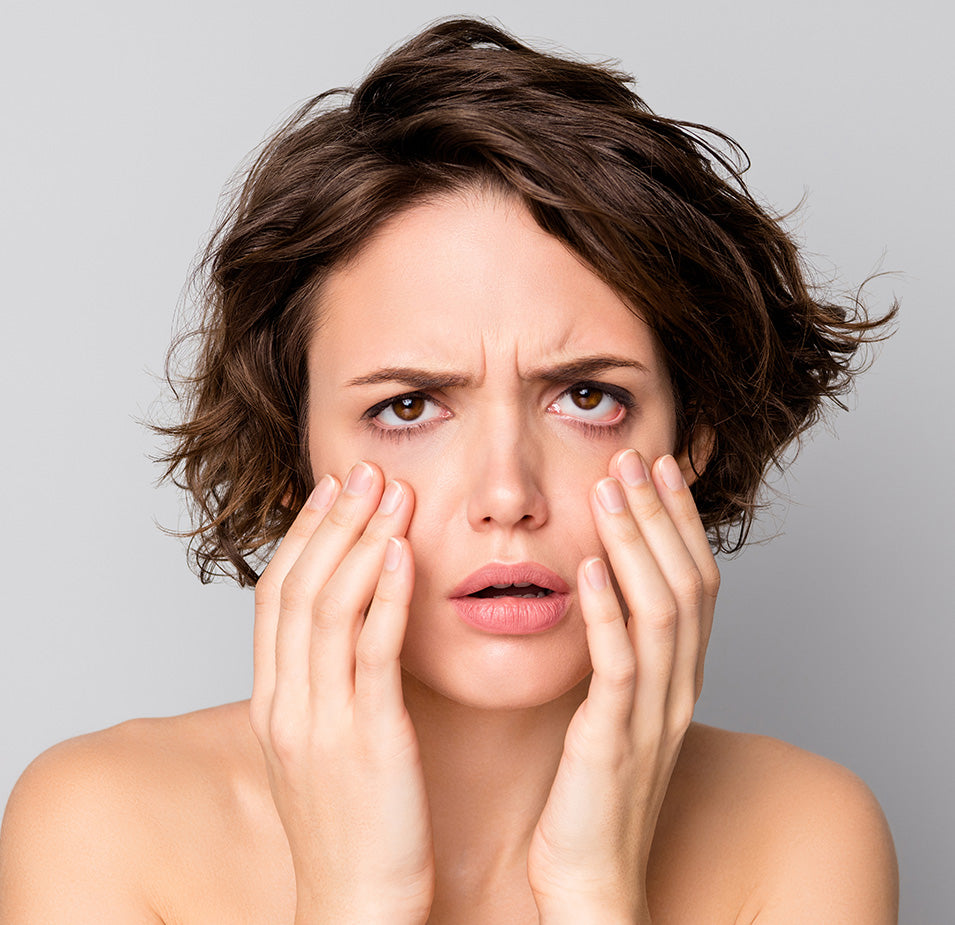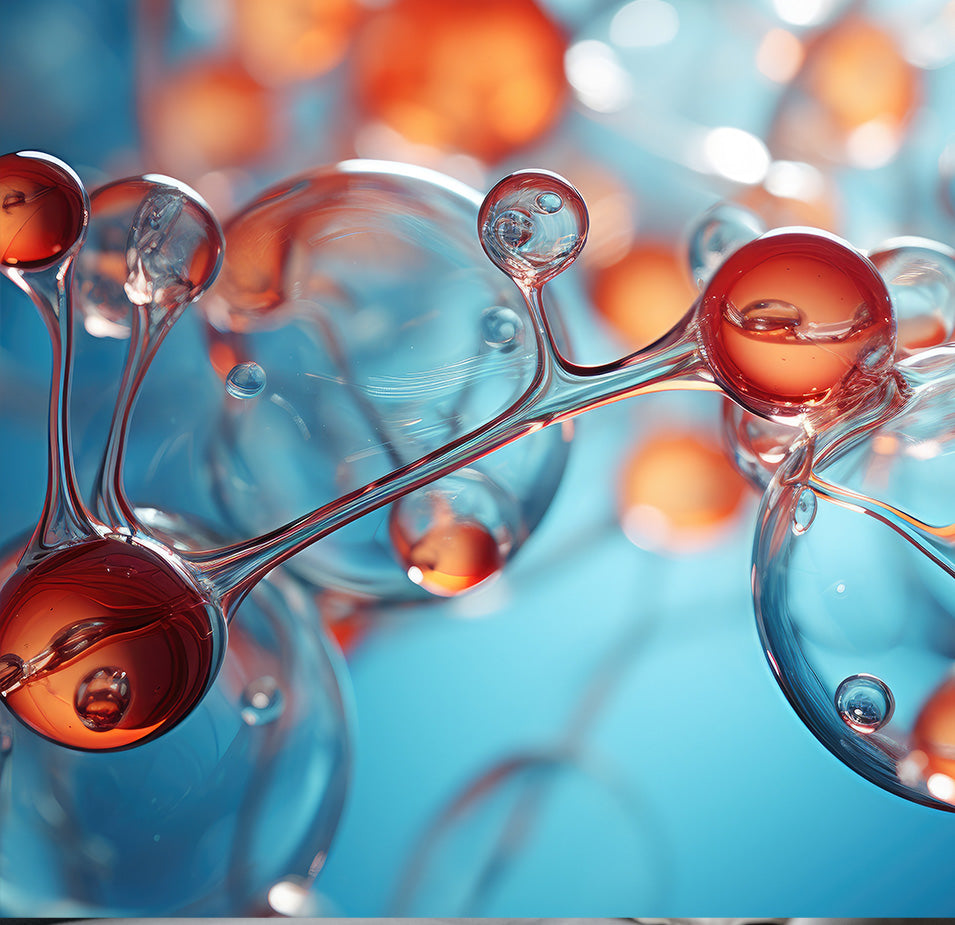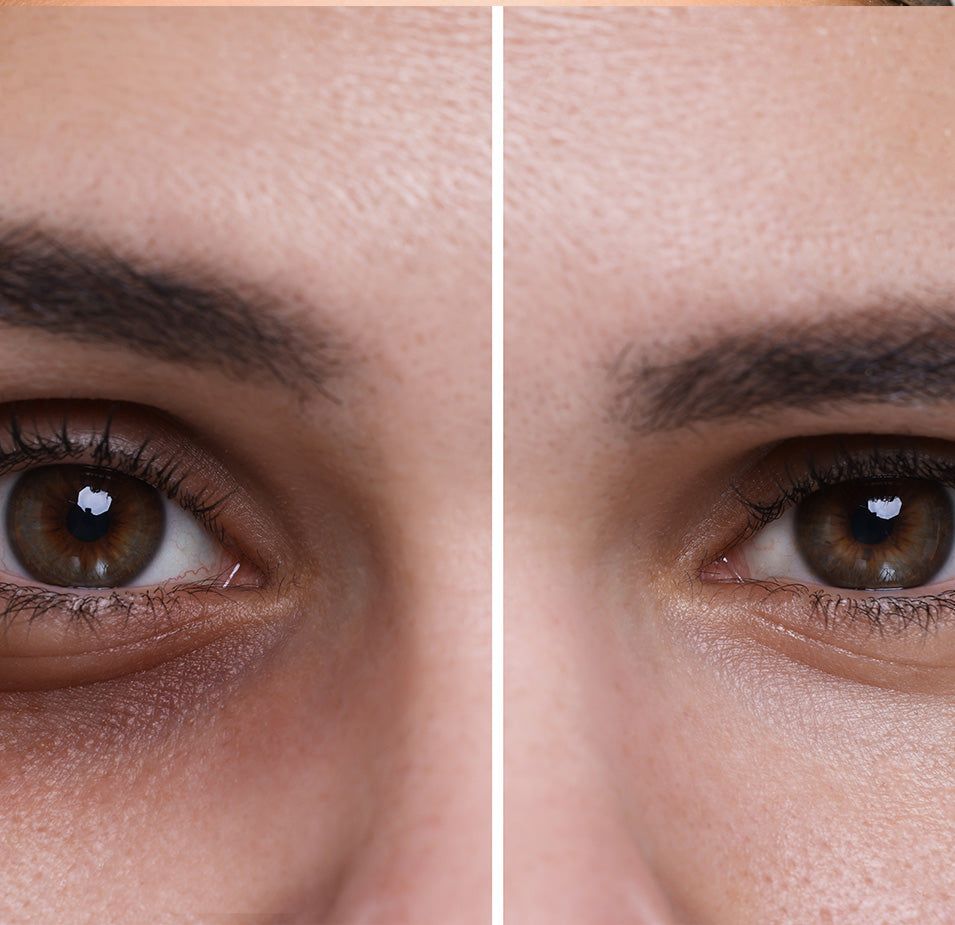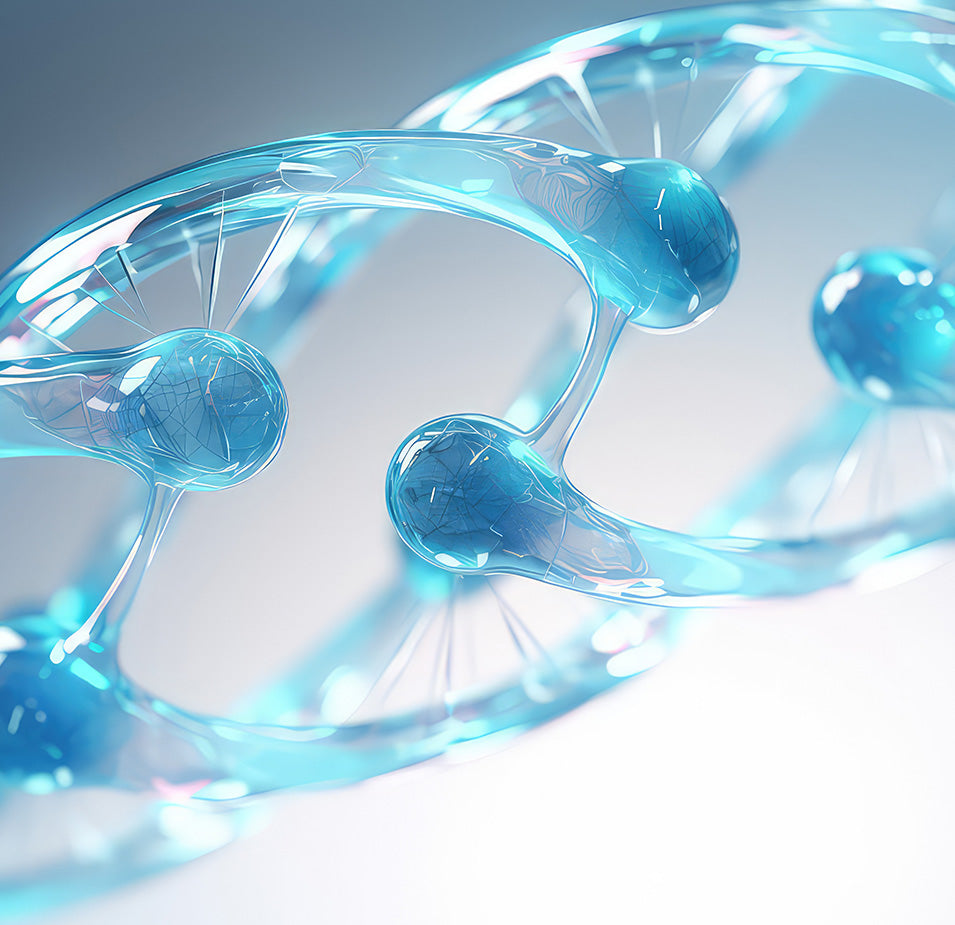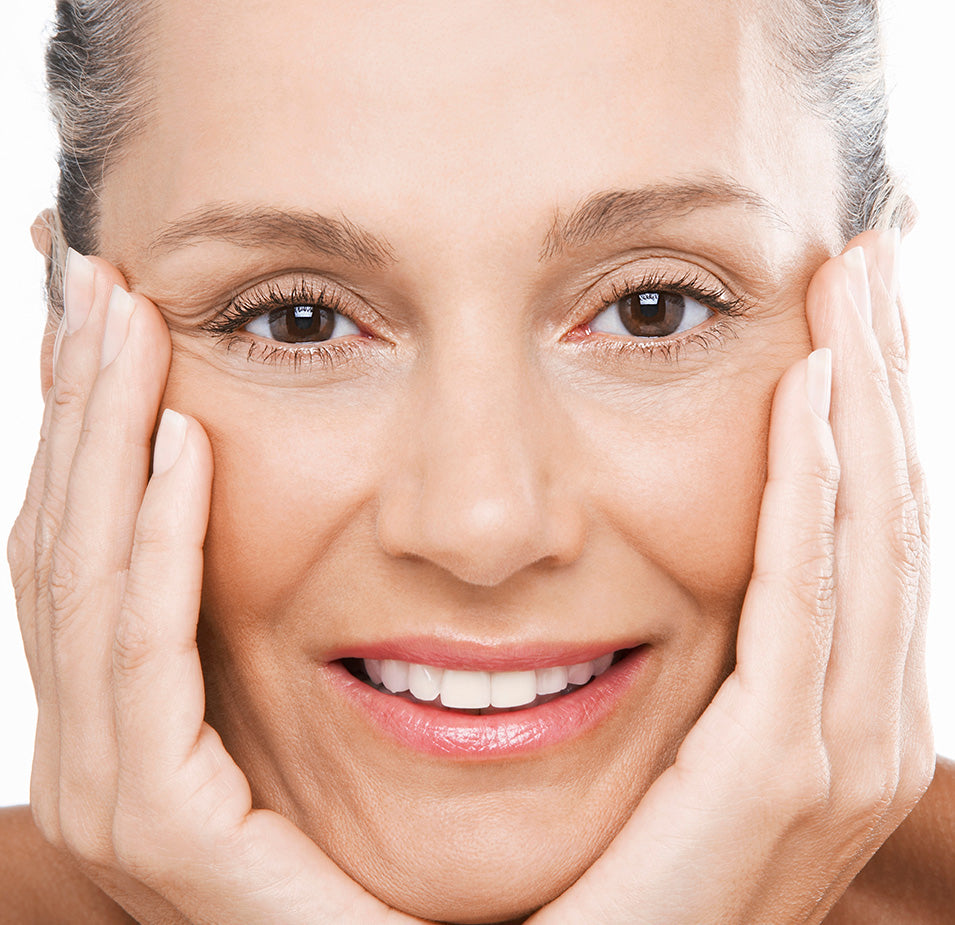
Have you ever wished you had superpowers? Say the ability to teleport so you never spend another second stuck in traffic. Or maybe become extremely strong like Wonder Woman.
Well, while you may never get such extraordinary powers, your body already has super abilities that keep you looking youthful and healthy, such as Superoxide Dismutase.
What is Superoxide Dismutase?
Superoxide Dismutase (SOD) is an antioxidant enzyme naturally produced by the body. It looks for and destroys Free Radicals and Reactive Oxygen Species (the bad guys). SOD (the good guy) breaks down the dangerous superoxide radicals into less destructive molecules - oxygen and hydrogen peroxide.
The release of SOD sets off the alarm for other antioxidant enzymes- Catalase and Peroxidase. They break down hydrogen peroxide into water and oxygen. This team effort ensures full protection against free radicals.
However, Superoxide Dismutase is not only found in the human body. This enzyme also exists in other organisms, such as yeast and jellyfish, as well as on tomatoes, broccoli, cabbages and cantaloupe.
What are Free Radicals, and Why are they Dangerous?Free radicals and Reactive Oxygen Species (ROS) are unstable atoms produced as by-products of various biological processes like breaking down food. High-intensity exercise and skin exposure to UV rays, cigarette smoke, and chemical toxins in the environment also cause the production of harmful radicals in the body. The buildup of free radicals and other ROS in the body leads to an imbalance of antioxidants and radicals known as oxidative stress. These harmful radicals can cause diseases such as diabetes, cancer, and Alzheimer’s. Damaged cell structures and tissues also cause premature aging. |
Therefore, antioxidants like SOD are crucial to eliminating the destructive nature of these oxygen radicals.
However, I know what you're probably thinking… if SOD exists naturally, why should you have in your skincare products?
All superpowers have limitations- Superman’s powers become weak near kryptonite. In the same way, Superoxide Dismutase has age limits.
Unfortunately, the older you become, the less SOD your body produces to break down harmful radicals. So, SOD in your skincare products helps you look younger for a long time.
The Science Behind Superoxide Dismutase Skin Benefits
Superoxide Dismutase works with other antioxidants and body components to give you youthful skin.
Protection from UV Rays and Pollutants
As you go about your daily activities, your skin encounters various environmental stressors- UV rays, smoke, smog, dust, pollen, etc. When these stressors penetrate the skin, they encourage the production of highly reactive free radicals and ROS like superoxide, hydrogen peroxide, hydroxyl, etc.
If left to their own devices, free radicals damage key proteins, lipids, cell structures, tissues, and DNA, that keep skin and the entire body healthy. Also, their reactive property allows the radicals to combine with other harmful molecules, causing even more harm.
Damaged cell structures lead to sagging skin, fine lines, wrinkles, and even hyperpigmentation.
SOD’s antioxidant properties protect the skin from photoaging and the harmful effects of other pollutants, leaving your skin looking radiant and youthful. Its photoprotection abilities make it a common ingredient in sunscreen creams and lotions.
Skin Hydration
SOD plays a role in keeping skin soft, plump, and moist.
A study exposed subjects to UV for 3 to 4 hours and SOD twice daily for 60 days to experiment the effect of Trans-Epidermal Water Loss (TEWL) on the skin. Superoxide Dismutase boosted skin hydration by reducing TEWL.
And what exactly is TEWL? It is the passive evaporation of water from the skin to the air, leaving the skin drier and tighter than usual. Exposure to dry air from dry weather or air-conditioned rooms, over-exfoliating, or overwashing skin triggers moisture loss.
SOD may also indirectly improve skin hydration when it neutralizes free radicals. The free radicals harm glycosaminoglycan (GAG,) a component found in the skin's dermis. GAG, a natural moisturizer, keeps your skin moist by drawing water and holding moisture into the skin cells. It also plays a significant role in maintaining skin structure and firmness.
Anti-aging and Anti-Pigmentation
Sadly, unlike our comic superheroes, who remain forever young, humans cannot stop the normal biological aging process. What we can do, however, is delay it and its effects.
As mentioned above, SOD levels decrease as you age, exposing you to more harmful radicals. The increased reactive oxygen species decrease the production of collagen, which causes age spots, loose skin, and wrinkles.
Using serums and creams with Superoxide Dismutase increases collagen production, making your skin elastic, firmer, smoother, and even in complexion.
FAQs:
Is Superoxide Dismutase natural?
Superoxide dismutase comes from plant and animal-based organisms.
Is Superoxide Dismutase safe?
It is safe for oral and topical use.
References:
- Andriollo-Sanchez, M., Hininger-Favier, i., Meunier, N., Venneria, E., O'Connor, M. J., Maiani, G., Coudray, C., Roussel, M. A. (2005). Age-related oxidative stress and antioxidant parameters in middle-aged and older European subjects: the ZENITH study. PubMed
- Chen, L., Hu, J., Wang, S. (2012). The role of antioxidants in photoprotection: A critical review. Journal of the American Academy of Dermatology.
- Djawad, K., & Anggraini, D. (2021). The Effectiveness Of Oral Superoxide Dismutase (Sod) On Total Antioxidant Status, Transepidermal Water Loss (TEWL), And Sebum Concentration In Photo Aging Skin. Medical Science of Ukraine (MSU), 17(1), 47-56.
- Lee, M. J., Agrahari, G., Kim, H. Y., An, E. J., Chun, K. H., Kang, H., ... & Kim, T. Y. (2021). Extracellular Superoxide Dismutase Prevents Skin Aging by Promoting Collagen Production through the Activation of AMPK and Nrf2/HO-1 Cascades. Journal of Investigative Dermatology.
- Lobo, V., Patil, A., Phatak A., & Chandra, N. (2010). Free radicals, antioxidants, and functional foods: Impact on human health. PubMed
- Lods L.M., Dres C., Johnson C., Scholz D.B., Brooks G.J. (2000). The future of enzymes in cosmetics. International Journal of Cosmetic Science.
- Simioni, C., 1 Giorgio Zauli, G., Martelli, A., Vitale, M., Sacchetti, G., Gonelli, A., Neri, L. (2018). Oxidative stress: role of physical exercise and antioxidant nutraceuticals in adulthood and aging. PubMed
- Suryawanshi, Y., Gupta, S., & Patel, S. Optimization of Media and Growth Conditions Improve Overall Quality of Yeast Superoxide Dismutase in Escherichia coli Periplasm. ResearchGate.
- Udompataikul, M., Sripiroj, P., Palungwachira, P. (2009). An oral nutraceutical containing antioxidants, minerals, and glycosaminoglycans improves skin roughness and fine wrinkles. International Journal of Cosmetic Science.
- Wang, B., Liu, G., Wang, C., Ruan, Z., Wang, Q., Wang, B., ... & Zhang, L. (2020). Molecular cloning and functional characterization of a Cu/Zn superoxide dismutase from jellyfish Cyanea capillata. International journal of biological macromolecules, 144, 1-8.

